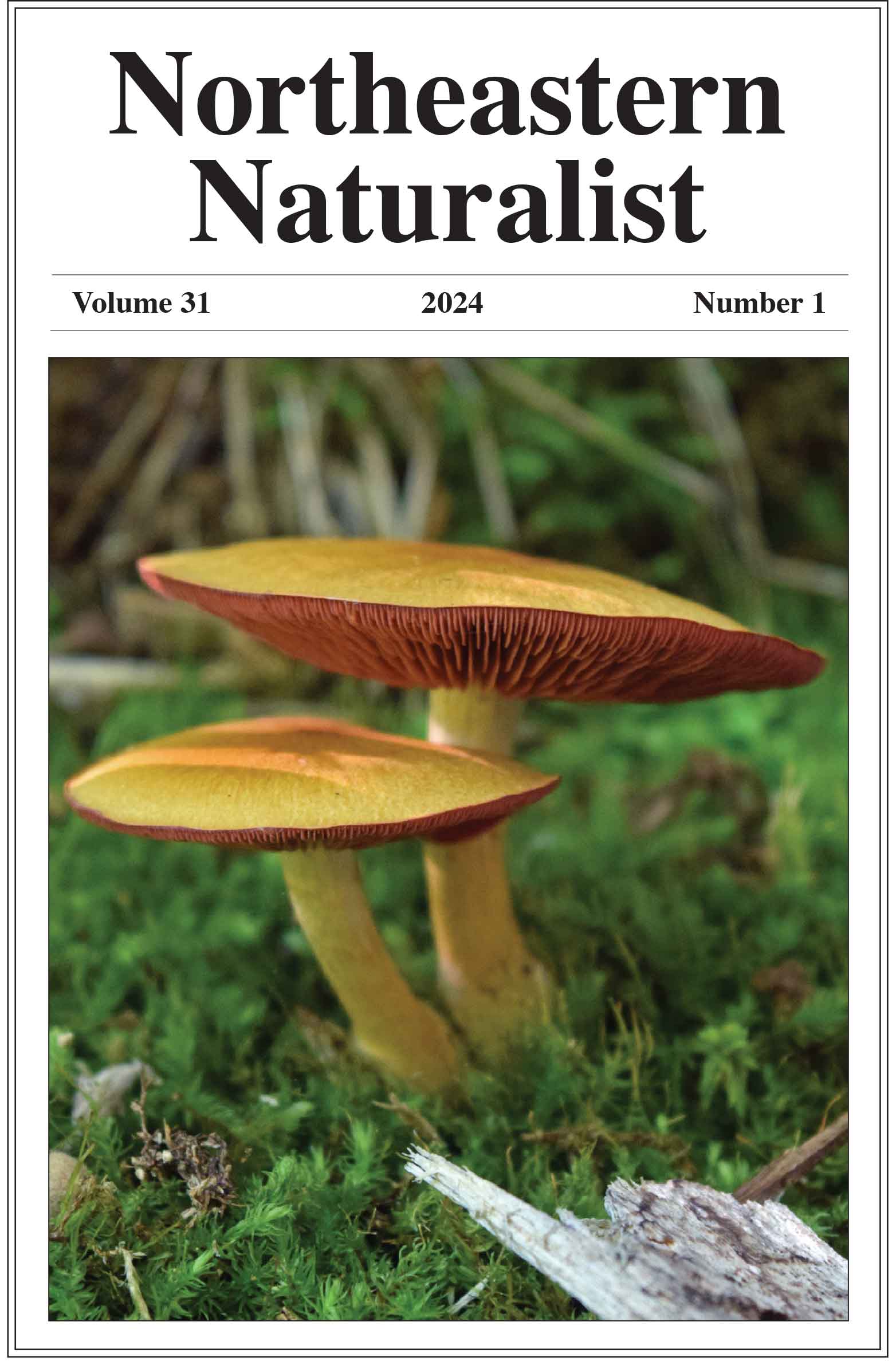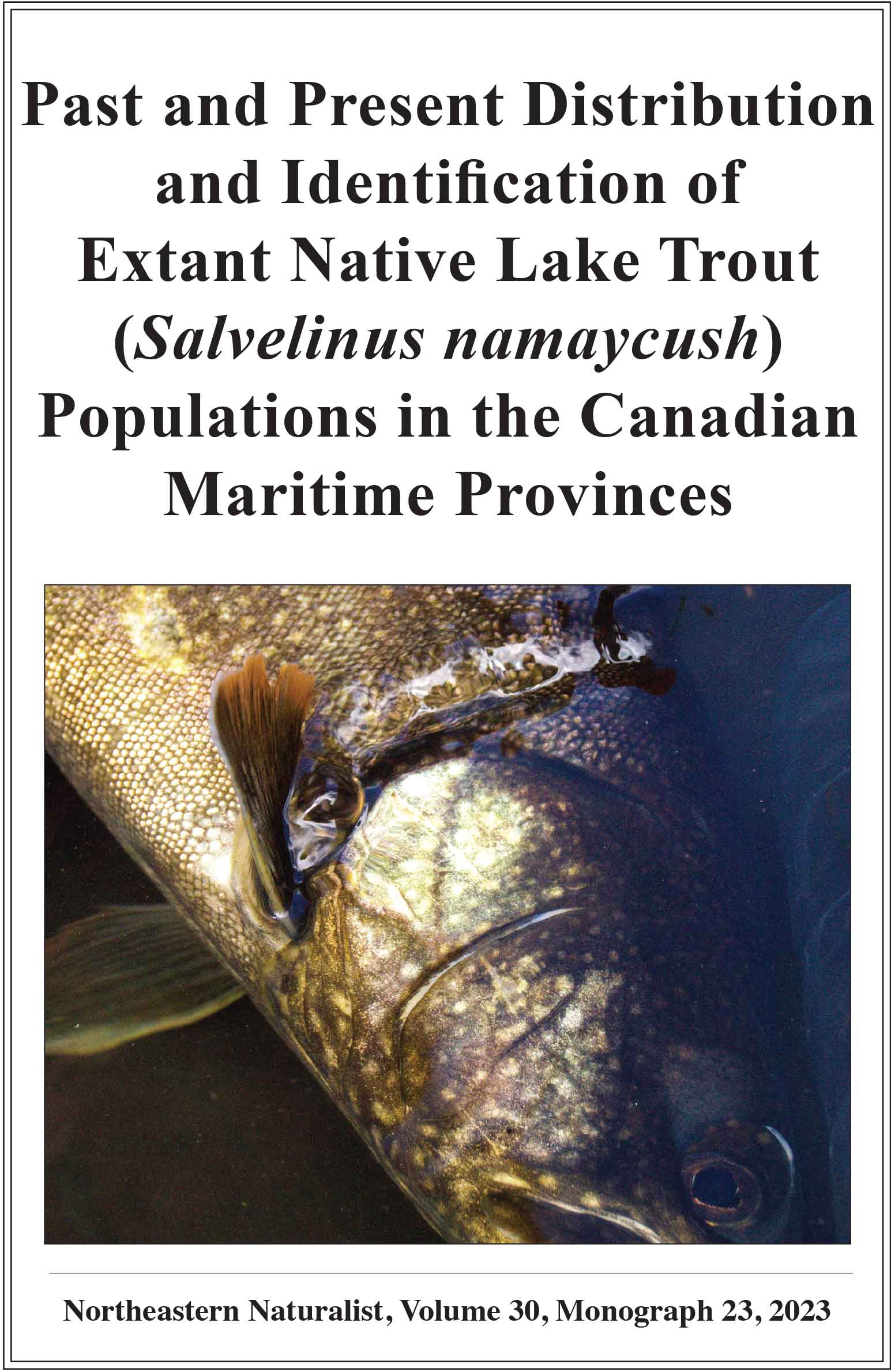Changes in Population Size and Clustering Behavior of Hibernating Bats in the Upper Peninsula of Michigan after Arrival of White-nose Syndrome
Allen Kurta1,* and Steven M. Smith2
1Department of Biology, Eastern Michigan University, Ypsilanti, MI 48197. 2S.M. Smith Company, 1105 Westwood Avenue, Iron Mountain, MI 49801. *Corresponding author.
Northeastern Naturalist, Volume 27, Issue 4 (2020): 763–772
Abstract
We examined populations of bats hibernating in 50 abandoned mines in Michigan during the 3 years before and 4–6 years after arrival of the fungal disease white-nose syndrome. Overall size of the regional population fell by 89.9%. Myotis lucifugus (Little Brown Bat), which represented 90% of the pre-epidemic population, declined by 89.9%. Myotis septentrionalis (Northern Long-eared Bat) and Perimyotis subflavus (Tricolored Bat) decreased by 98.5% and 93.9%, respectively, and both species appear threatened with regional extinction. Eptesicus fuscus (Big Brown Bat), in contrast, increased by 11.7%. The disease also impacted social patterns, with the proportion of Little Brown Bats that were solitary during hibernation in 10 of the mines increasing from 23% to 46% after onset of the disease.
![]() Download Full-text pdf (Accessible only to subscribers. To subscribe click here.)
Download Full-text pdf (Accessible only to subscribers. To subscribe click here.)
Access Journal Content
Open access browsing of table of contents and abstract pages. Full text pdfs available for download for subscribers.
Issue-in-Progress: Vol. 31 (2) ... early view
Check out NENA's latest Monograph:












 The Northeastern Naturalist is a peer-reviewed journal that covers all aspects of natural history within northeastern North America. We welcome research articles, summary review papers, and observational notes.
The Northeastern Naturalist is a peer-reviewed journal that covers all aspects of natural history within northeastern North America. We welcome research articles, summary review papers, and observational notes.